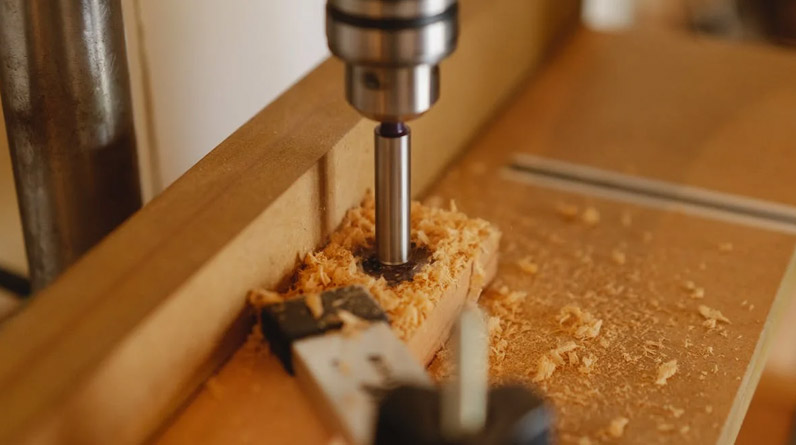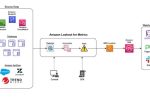The benefits of automating a production line

With how quickly the digital sphere is evolving, technology is becoming more and more sophisticated every year. As such, we find more applications where technology can be used to help us. In this case, technology such as automotive robots are now being used to automate most manufacturers’ production lines. In fact, it seems that automation is becoming more and more popular. On the other hand, not everyone has been convinced of the benefits and advantages of robotic automation, with a few people still being cautious of the effects robots can have on the production line. So, for those who are interested in this topic, we have listed below a few advantages of utilizing robotic automation. Keep reading below to learn more about it.
What is an automated production line?
First things first – what is an automated production line? An automated production line is generally made up of a series of workstations that are linked by a transfer system and an electrical control system. As such, each station only performs a specific operation – meaning that the product ends up being processed step by step, as it moves along the production line in a sequence. In order to make sure that the line flows smoothly, the factory may deploy robots, cobots, or other automated technology to help complete certain production tasks.
Why are they used?
Because automated production lines generally can operate by themselves with little to no human interference, their fast, stable, and accurate flow can contribute to reducing the production line and cost of the manufactured product. Here are a few popular advantages we have explained below:
Better jobs for humans
Sometimes, working on the production line – especially on more dangerous tasks – can be a risky endeavor for human employees. In fact, health and safety challenges generally pose a serious concern for both employers and employees alike. The good thing about automating your production line is that robots allow human workers to stay out of harm’s way, where they can instead work on more strategic or creative tasks that require human cognition and critical thinking.
While some people may worry that they could wind up losing their jobs due to automation, the opposite has in fact shown to be true. Because by automating manual jobs, humans can move on and further develop new high-end skills and abilities. Plus, with the development of new skills likely comes career progression and better opportunities to potentially earn more income.
Automation also has the benefit of creating new jobs and roles that did not previously exist in the past. For example, robots will need programming, maintenance, and upkeep. This is where software developers, programmers, overseers, and other experts will be needed to keep the automated production line running smoothly.
Increases consistency and accuracy
When it comes to any kind of manufacturing, human error is always going to be built in. This is because if a human worker needs to work on a particular production line, a certain margin of error will be tolerated, because humans are simply not perfect, and will make mistakes – especially if the task is repetitive and boring. Robots, on the other hand, are by nature both accurate and consistent in their output. In fact, a few robots – such as cobots – can be outfitted with certain sensors and cameras in order to help them detect their surroundings – making them even more useful when performing certain tasks. For example, take sanding and polishing. This task needs to remain consistent, as such cobots that have sensors can detect where exactly the blemishes are, and how much force they need to exert in order to achieve the best quality finish possible. As a result, any errors and subsequent waste ends up dramatically reduced, therefore increasing the productivity and efficiency of said production line.
Increases production output
Manufacturers can use robots to do boring and repetitive tasks. Because most industrial robots are designed to repeat tasks over and over again, they can continuously do it without any rest in between. Conversely, humans cannot do so. We need rest and breaks, or else our health suffers. Additionally, manufacturers also need to take into account human error – basically, mistakes and errors that may happen because humans are simply not perfect – no matter good they are at a certain task. This is a problem if you need all your products to be consistent in quality. In fact, according to studies, the automotive industry, has seen a 50% increase in productivity through robotic process automation (RPA) since 2009.
Additionally, giving staff members the opportunity to move into different areas and upskill themselves can help to create a better environment for the business as a whole. This is because as human workers no longer need to deal with mundane, boring tasks, they can move on to doing tasks they are either better skilled in or more enthusiastic about. This can lead to higher energy levels, which means your staff members will likely put more focus into their work. This in turn can affect their productivity levels, thereby eventually increasing the number of satisfied customers your business has.
Improves quality assurance
Most workers generally do not like doing repetitive and monotonous tasks, especially for long periods of time without breaks. Doing so will cause their concentration levels to naturally decline, and their enthusiasm to wane, leading to more errors and mistakes in the long run. However, some of these tasks are essential to the production line, such as quality assurance and inspections. This is to make sure that the product is in tip-top shape, without any errors, blemishes, or defects. After all, if you have not checked the quality of a product before delivering it, there is a higher chance that it may contain mistakes, which may lead to a decline in consumer trust and more waste in the long run. This is where automation can help.
Robotic automation can help to lessen waste and errors by accurately producing and making sure that all items reach the required standard without fail. You can do this by outfitting them with visual technology such as cameras, that can detect blemishes and scratches before the human eye even can. Therefore, the production process will produce less waste, and unsatisfied customers will return fewer products, maintaining your company’s reputation.
Leave a reply
You must be logged in to post a comment.












